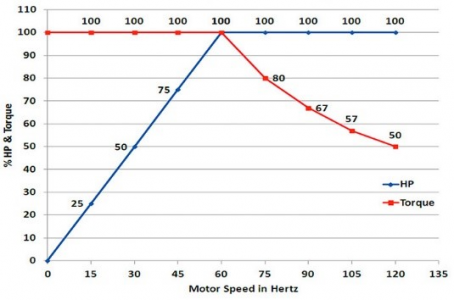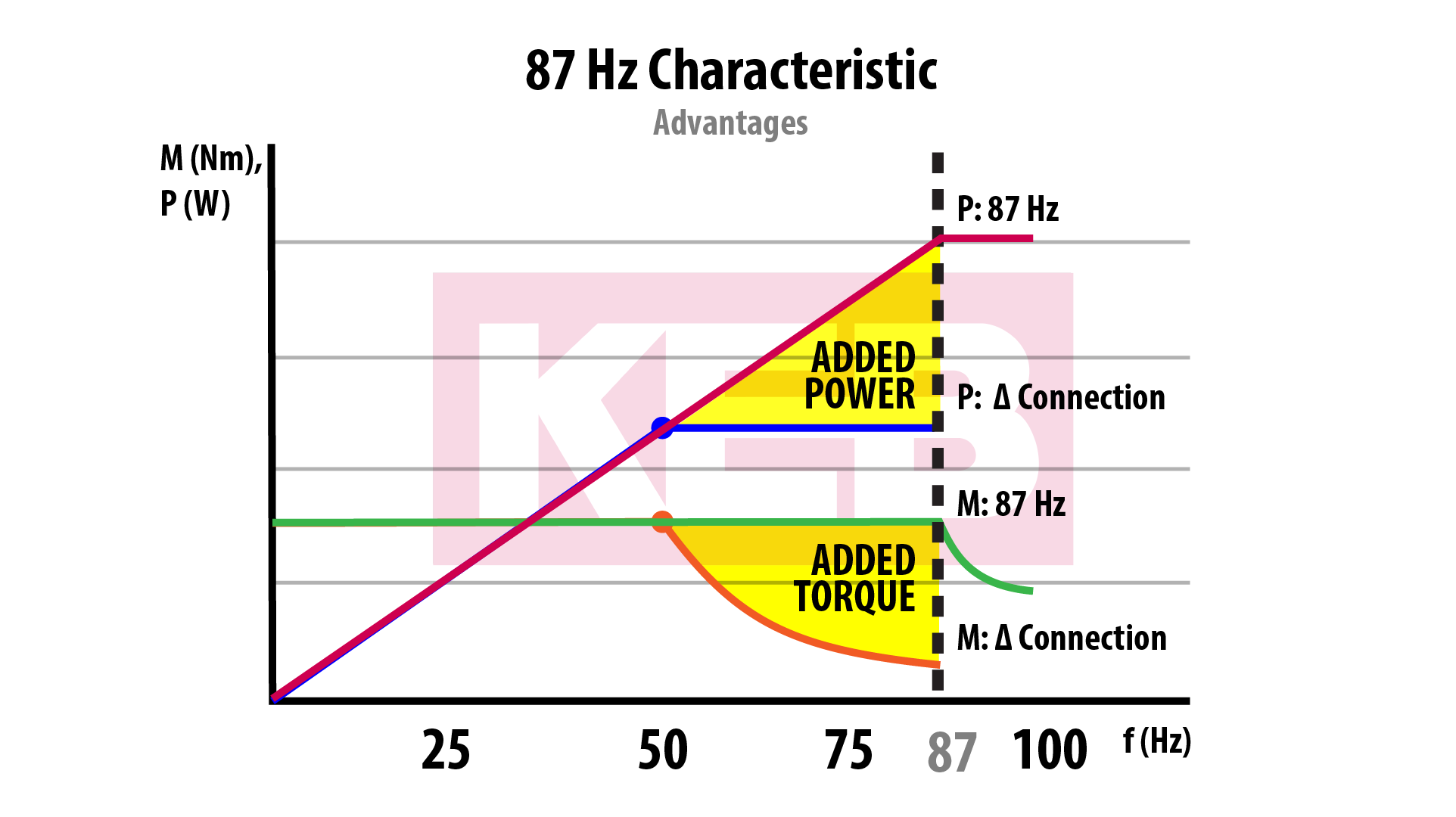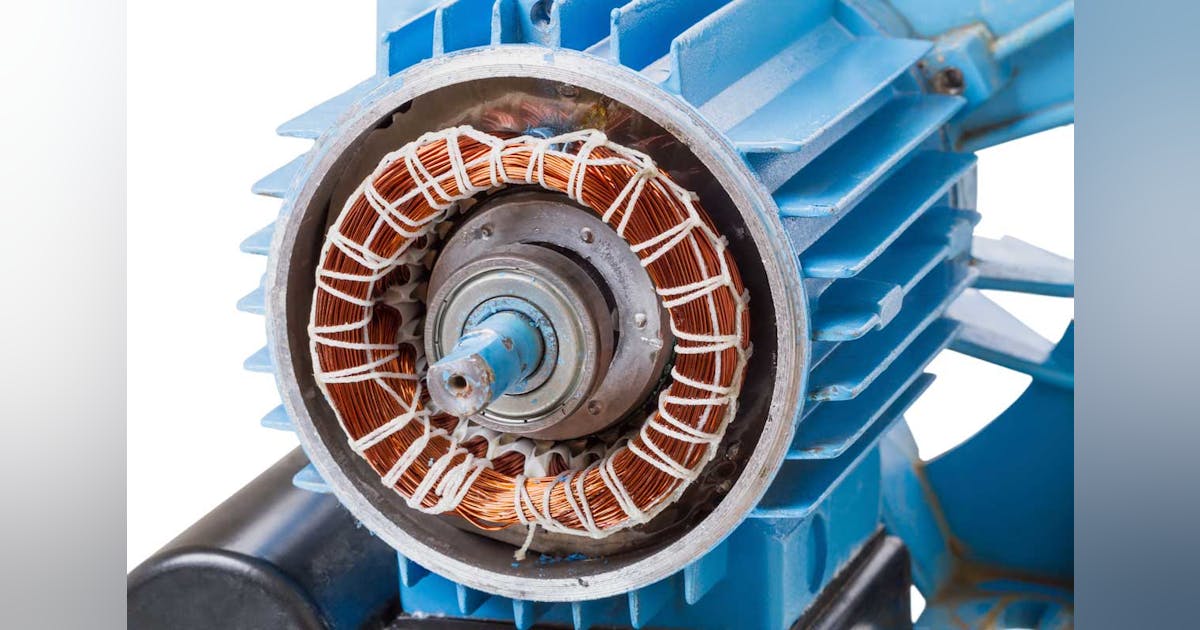the biggest factor is the carrier frequency and very long cables.
Carrier frequency and cable length are both critical factors, so agreed on that.
You are technically not over speeding the motor running it on 4 pole and 120 Hz, the motor is running at its rated speed for 2 pole.
Also agreed on that, if we add the stipulation of "you aren't
mechanically overspeeding the motor..."
I also have not seen any information to indicate the effect of 60Hz vs. 120Hz on either insulation or heating of the coils
For a better understanding of this, you may find documentation of 400Hz motors interesting. 400Hz was/is used on aircraft because you can achieve the same quantity of horsepower from a motor 15% (60Hz/400Hz) the size. 400Hz motors are also used for some industrial applications like concrete saws which are run from a special 400Hz generator, to allow the operator to get into tighter spaces with smaller and more powerful tools that would usually be much larger. If you look into the construction of 400Hz motors you'll find that their iron laminations are of a special alloy and much thinner (think < 1 thou shim stock) than 60Hz motor laminations. The reason is
reluctance, the magnetic equivalent of electrical resistance. Alternating magnetic fields cannot alternate fast enough through typical 60Hz motor stator to run on 400Hz. If they could, then any old induction motor could be rewound for higher voltage and we could run them at the 400-500Hz and get 7x the nameplate horsepower from them. But it doesn't work, sadly.
60Hz motor laminations are manufactured to meet the demands of 60Hz service. You can usually get away with running them a little higher, especially inverter duty motors which typically have a separate rating for "base frequency" and "maximum safe speed" and can usually be ran up to 120Hz, maybe a bit beyond, wil no issue. But for a motor made before the idea of VFDs were ever conceived, you can put money on them
not performing to expectations at 120Hz. I don't know exactly what that means as I've never tried it, maybe overheating, but I would be surprised to see it work reliably.
One other thing I've never tried, but should be possible per my understanding of things, is doubling the HP of a 240v/480v inverter duty motor by wiring for 240V but powering it with 480V @ 120Hz from a VFD. The HP drop-off as shown in the graphs in this thread so far is contingent upon an [unplotted but present] identical graph of V/Hz, where the V:Hz relationship is linear up to nameplate ratings but thereafter voltage remains constant as frequency continues to increase. But if instead, you continued to increase voltage as you increase Hz, the HP would continue its linear upward trend. The inverter duty motor, due to its "skookum" insulation designed with multi-kV spikes in mind, (I think) should easily withstand a doubling of its applied voltage without issue. I keep meaning to try this but never have... I figure if I keep dropping bread crumbs on the internet, maybe some day someone else will get intrigued and try it for me...




